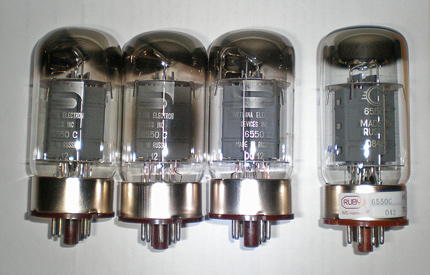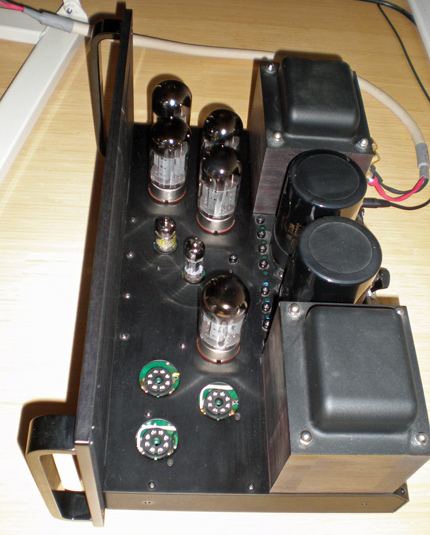movies: the previsualization IS the movie
Movies used to be storyboarded: someone would make a sketch of every shot in the movie and pin them to a wall. Sometimes these were turned into animatics, a movie consisting of simple camera moves and zooms over each sketch and transitions between them. This was especially true for animated movies, and Pixar still makes 2-D animatics of their movies; the fascinating featurette on the The Incredibles DVD shows some.
In effect-laden movies, the crew have to figure out the lighting, the camera moves and the camera details (field of view, focus, etc.) for all the elements of a scene that will be filmed in real life or rendered by computer—for the actors on a set, for the filmed backgrounds, for the digitally-modified background elements, and for all the computer-generated imagery (explosions, flying glass, monsters, digital hair hiding actor's balding head, ...). Everything has to match otherwise the pieces can't be composited to make the final shot. Two-dimensional storyboards are insufficient for this. So someone builds a 3-D world for the scene, puts some 3-D character models in it, animates the models, and then goes nuts moving a virtual camera around to create a computer animation of the sequence of shots. The result is a clunky computer videogame version of the sequence. The previsualizations made for Hancock resemble Sega's Virtua Cop videogame:


Yet the pre-viz comes scarily close to what the final film looks like.
In the Seeing the Future featurette for Hancock the movie team watches this videogame of their movie, months before they start filming. They change camera angles, re-edit cuts, reposition the actors, even use different virtual lenses to improve the scene. They then have to figure out how to film the real portions of the scene such as Hancock flipping a car upside down, or decide to do it digitally.

The result is that the actual moviemaking—actors acting, cameramen operating physical cameras, effects houses making special effects—becomes no more than re-implementing what's in the pre-viz. You see Charlize Theron watching the pre-viz on a Mac notebook, watching her 3-D character to learn what she's supposed to do in the shot! Jason Bateman says of the process "It's been interesting". As in, it must suck. The cameramen, the actors, even the director, all watch a movie that already exists that dictates what they need to do.
The obvious next step is to make the pre-viz good enough that it becomes the movie and the producer and the previsualization team tell the cast and crew to stay home! There's no reason the backgrounds in the pre-viz have to look like cardboard or the characters look blobby. Spend some time refining them, gathering better textures and using higher-quality models, record the dialog, and then after you've got the low-quality videogame doing what you want, use a bank of computer to render the movie in high-def using realistic lighting effects. Perhaps it's still cheaper to film an actor covered in sweat/makeup/dirt speaking and emoting rather than trying to model and render him, but animation software and computer hardware relentlessly advances. For the first hour of "The Curious Case of Benjamin Button" the aged Brad Pitt face is entirely computer-generated (watch long interesting video), it'll only get easier and faster.
I wonder if anyone has made a videogame directly out of the pre-viz. At a minimum you should be able to move the camera around yourself to make your own cut of the movie; add some standard videogame AI programming and you should be able to pause the movie and make the character walk off somewhere else and fire bullets at the scenery. The great William Gibson saw all this coming, read his 2003 talk to the Director's Guild of America.
Labels: 3D, movies, William Gibson





 (The red marks are blood.)
(The red marks are blood.)

